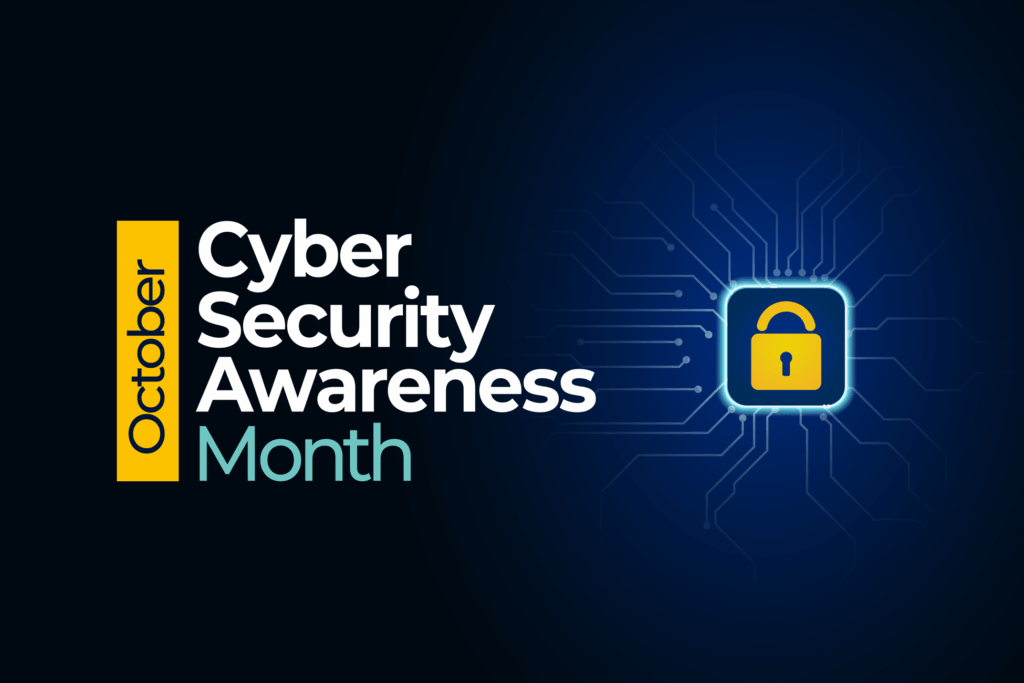Artificial intelligence (AI) has rapidly advanced over the last decade to a point where it can now outperform humans at tasks such as reading comprehension and image recognition.
- Cybersecurity Blog
Cybersecurity & Mergers and Acquisitions: Syncing Programs
-
By Zaviant

Mergers and acquisitions (M&A) are a large undertaking for an organization of any size. Though there are a lot of moving parts to oversee in bringing a new organization into your fold, examining existing cybersecurity programs should be a top priority.
With cybersecurity programs unique to the organizations they protect, their elements do not always sync up with others, increasing the odds for cybersecurity and data breaches. A Deloitte assessment of M&A reported that 62% of organizations faced significant cybersecurity risks when acquiring new organizations.
Cybersecurity should not put those on either side of a merger or acquisition at an increased risk of cyberattacks. In addition, the new affiliation should not jeopardize cyber insurance coverage.
By examining existing cybersecurity measures on both sides before the relationship is made official, creating frameworks that provide more than adequate protections allows for peace of mind in moving forward.
Mergers & Acquisitions: Bridging Gaps in Cybersecurity
No two organizations are the same. Thus, their cybersecurity programs are likely different. However, what may be nothing to a new partner or acquisition may end up being a threat to your organization. It works both ways, too.
Bringing a new organization into your fold should not be a trojan horse of sorts. In other words, gaps in their cybersecurity should not create pathways to your organization’s networks and data.
Taking a deep dive into a new partner’s or acquired organization’s cybersecurity protocols requires a certain level of expertise. Enlisting the services of an experienced cybersecurity consultant helps ensure nothing is missed. Both during and after the merger and acquisitions process, a cybersecurity consultant provides invaluable services, including:
- Identifying security gaps & risks
- Proposing & implementing solutions
- Providing continuous monitoring to assure adherence and compliance
By Engaging a cybersecurity consultant early in the M&A process, an organization also reduces its threat exposure during a particularly risky time. There are more open networks and potentially more users accessing data stores. At the same time, integration can become complex, especially when there is incompatibility or lack of interoperability between systems.
What to Look for When Syncing Cybersecurity Programs
After taking over or merging with an organization, taking a hard look into its cybersecurity protocols and assets is critical before creating any connections between networks. An organization’s general counsel should work closely with a cybersecurity consultant to ensure a comprehensive review.
At the very least, due diligence requires:
- Conducting cybersecurity assessments
- Examining past cybersecurity incidents
- Threat hunting
- Reviewing regulatory requirements
Conducting Cybersecurity Assessment
A cybersecurity partner should look at what cybersecurity framework(s) is already in place, including policies and procedures. This will identify inherent or early indicators of risk before connecting systems and help in creating a detailed security risk assessment.
With this information, it becomes much easier to implement changes that keep both sides safe from potential breaches.
Examining Past Cybersecurity Incidents
One of the hard facts about operating in a digital world is that at one point or another, most organizations experience a cybersecurity breach. In looking at an organization yours is merging with or acquiring, it is important to look at any of their past cybersecurity incidents. This includes an understanding of what happened and why, how cybersecurity was viewed within the organization, and how they responded.
A cybersecurity partner should also review incident response plans as well as the organization’s actual preparation and response.
Threat Hunting
As it sounds, threat hunting is a deep dive into an organization’s networks and digital assets. However, it is a more purposeful examination, as it searches for latent threats, such as malware installed in a system waiting for a threat actor’s activation.
A thorough threat hunting expedition should always involve:
- Collecting data on existing processes
- Investigating patterns of suspicious activity
- Identifying areas of concern
- Running controlled tests
- Implementing fixes
Reviewing Regulatory Requirements
Not every merger or acquisition is with an organization that is in the same industry or is fully compliant with regulations. The new organization may be subject to different cybersecurity or data privacy laws and regulations than yours. It may also be subject to foreign cybersecurity and data privacy laws that the existing organization is not, requiring a reconfiguration of security procedures.
Non-compliance can be a costly mistake. Not only are there potential fines to deal with, but not being in compliance is an indicator that cybersecurity or data privacy measures might not be adequate.
Cyber Insurance & the Company(ies) You Keep
When an organization merges with or acquires another, its risk profile increases. The cybersecurity framework(s) needs to provide comprehensive protection for both organizations and also account for threats from third-party connections.
Cyber insurance providers are not only interested in your organization. They are also interested in those you have control over or that have access to your networks and their data. Having cybersecurity programs that sync and provide adequate protection in all directions matters to insurers – and they will investigate what is in place before offering coverage.
Insurers typically provide different types of cyber liability coverage, including:
- First-party cyber risk coverage for incidents involving organizational assets
- Third-party cyber-risk coverage for incidents resulting from partners, vendors, or suppliers
Working with a cybersecurity partner to identify and mitigate issues before merging or acquiring another organization helps ease an insurer’s concerns and opens the doors to more favorable premiums and policies.
Take a Deeper Dive into the World of Applying for & Keeping a Cyber Insurance Policy
Download our free e-book, “A Compendium for Obtaining & Retaining Cyber Insurance.”
Cybersecurity: A Two-Way Street
Though there is a certain amount of calculated risk in affiliating with any new organization, a merger and acquisition should not equate to a lapse in cybersecurity. In addition, neither should be a deterrent for insurers to provide appropriate coverage for cyber incidents.
By taking a thorough and pragmatic approach to evaluating – and later, aligning – cybersecurity programs on both sides of the relationship, both organizations can rest easier about moving forward.
De-risk Merger & Acquisition Cybersecurity
Our team of experts is available to help your organization effectively sync its cybersecurity with those you affiliate with. Contact us today.
Share This Post
- Get The Latest In News & Insights
Explore solutions
Data Privacy, Security & Risk
Build or improve upon your data privacy policies and controls.
Platform Expertise
We tailors strategies to your unique risks and compliance needs, ensuring robust protection against cyber threats.
Regulatory Compliance & Frameworks
Zaviant's experts anticipate and mitigate cyber risks, safeguarding your data from diverse threats.








